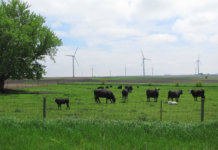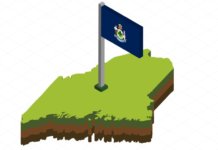One week after the U.S. Department of the Treasury released its guidance for the cash-grant program, the Department of Energy (DOE) is nearing the release of additional guidelines for large transmission projects, innovative technologies and commercial renewable technologies.
So-called innovative technologies were originally included under Section 1703 of the Energy Policy Act of 2005. Section 1705 was added as an amendment under the American Recovery and Reinvestment Act of 2009. Section 1705 includes not only wind, solar, geothermal and other types of renewable energy, but also the renewable energy component manufacturing facilities.
As part of the American Wind Energy Association's Web cast, ‘The Status of ARRA Provisions and Wind Energy,’ Ken Hansen, partner in the project finance group for the law firm Chadbourne & Parke, says the DOE guidelines will be issued ‘in a matter of hours, not days,’ adding that the DOE guidelines will be released in stages.
The first set of guidelines released will be for large transmission projects. "These are big projects that really connect main parts of the grid versus smaller connected parts," he says. The Office of Management and Budget has approved the guidelines, and they are expected to be released soon.
Expected concurrently or shortly thereafter are the Section 1703 guidelines, which authorize guarantees for projects that provide what the DOE calls ‘a meaningful and important improvement in productivity or value.’
‘The rules leave a lot of ambiguity,’ according to Hansen. ‘An awful lot of people would deem their project as 'innovative.'’ Making matters more complex, Hansen says, the DOE could deem some components of wind turbine manufacturing as "innovative," which is how Berkeley, Calif.-based Nordic Windpower received its loan on July 2. Solar manufacturer Solyndra and flywheel storage maker Beacon Power were among the first recipients of DOE loan guarantees, applied under the Innovative Technology Program.
Lastly, the guidelines for commercial renewable technologies are perhaps the most eagerly anticipated. These technologies deal with projects that are straightforward and encompass a greater number of eligible projects. To date, there has not been a single application filed for commercial technologies, but as Hansen says, ‘that's when the floodgates will open.’
The solicitations for large-scale wind projects are expected at the end of this month or in early August.



